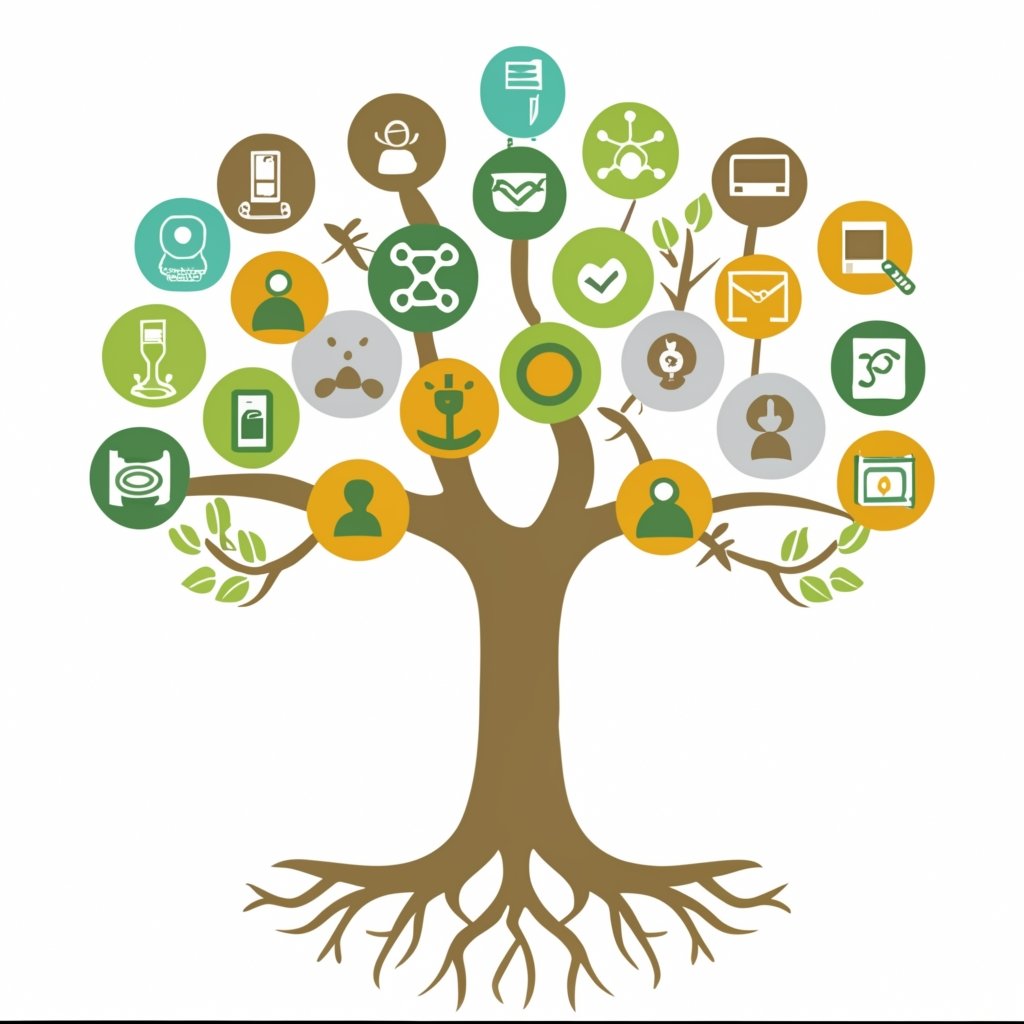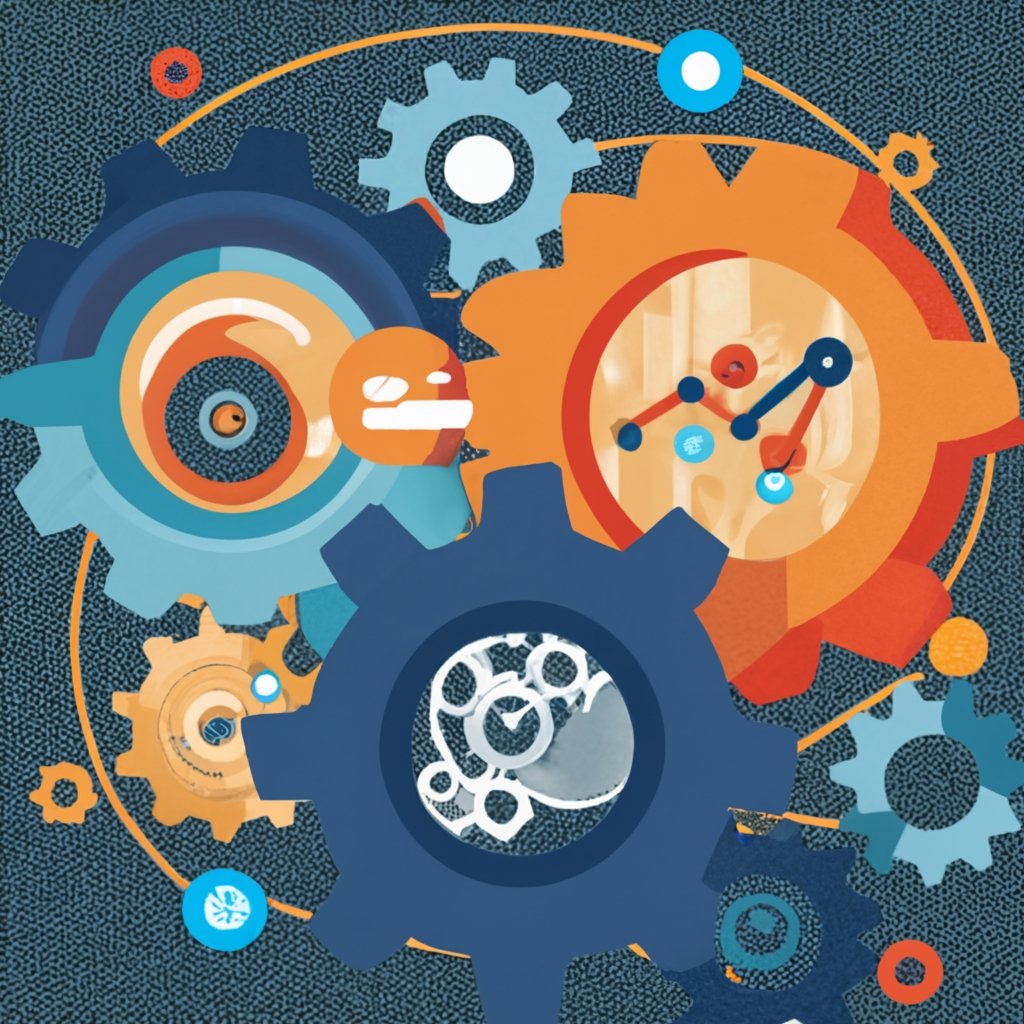In today’s fast-paced world, innovation is the lifeblood of progress. It’s what drives societies, industries, and economies forward. But have you ever wondered why some innovations take off like wildfire while others fizzle out quietly? The answer lies in the Diffusion of Innovation Theory, a concept that provides profound insights into the adoption of new ideas, products, or technologies. In this comprehensive blog post, we’ll explore this theory in depth, highlighting its key elements and real-world examples.

What is Explained by the Diffusion of Innovation Theory?
The Diffusion of Innovation Theory, first introduced by sociologist Everett M. Rogers in 1962, seeks to explain how and why innovations are adopted by people within a social system over time. At its core, this theory delves into the process of how new ideas or technologies spread through society, shaping our world in the process.
Key Elements of the Diffusion of Innovation Theory:
- Innovation: This refers to any new idea, product, or technology that is perceived as novel.
- Communication Channels: The means through which information about the innovation is spread, such as mass media or word of mouth.
- Time: The rate at which innovation is adopted within a population.
- Social System: The environment in which the innovation is introduced, including the culture, norms, and social structures.
- Adopter Categories: Innovations are typically adopted by different types of people at different times, classified into categories like innovators, early adopters, early majority, late majority, and laggards.
Now, let’s delve deeper into each of these elements.
Innovation can encompass a wide range of developments, from groundbreaking technological advancements to simple changes in behavior or processes. It’s crucial to understand that not all innovations are equal; their adoption patterns vary significantly.
Communication Channels play a pivotal role in the diffusion process. Innovations often spread through various channels, and their effectiveness can influence the rate of adoption. For instance, a new app might gain rapid adoption through social media, while a scientific breakthrough might rely more on peer-reviewed journals.
Time is a critical dimension. The speed at which an innovation is adopted can be influenced by its complexity, relative advantage, and compatibility with existing systems or norms.
Social System refers to the context in which the innovation is introduced. The culture, social norms, and values of a society can either facilitate or hinder the adoption of an innovation.
Adopter Categories help us understand who adopts innovations when. Innovators are risk-takers who embrace new ideas early, while laggards are typically the last to adopt. The majority falls somewhere in between.
What is the Diffusion of Innovation Theory?
The Diffusion of Innovation Theory can be illustrated through a classic example: the adoption of smartphones. Innovators were the first to embrace this groundbreaking technology, followed by early adopters. As smartphones became more compatible with daily life and provided clear advantages over traditional phones, the early majority began to adopt them. Eventually, even those in the late majority and some laggards joined the smartphone revolution.
What Are the Steps In the Diffusion of Innovations?
- Knowledge: The first step is awareness. People must become aware of the innovation’s existence and understand its basic functionality and benefits.
- Persuasion: Once aware, individuals need to be persuaded that the innovation is valuable and worth adopting.
- Decision: The potential adopters must make a conscious decision to accept or reject the innovation.
- Implementation: Those who decide to adopt the innovation put it into practice.
- Confirmation: Finally, individuals evaluate the results and benefits of their decision to adopt.
What Are Some Areas Where Diffusion of Innovations Theory Applies?
The Diffusion of Innovation Theory has far-reaching applications across various domains:
- Technology: It explains how new technologies are embraced, from smartphones to electric cars.
- Healthcare: The theory helps analyze the adoption of new medical treatments and procedures.
- Education: It sheds light on how innovative teaching methods or technologies spread in educational settings.
- Business: Innovations in products, services, or management strategies follow diffusion patterns.
- Social Change: The theory can be applied to understand how social movements and ideas gain momentum.
How Does the Diffusion of Innovation Theory Impact Product Adoption?
Understanding the Diffusion of Innovation Theory is invaluable for businesses and marketers. By identifying the adopter categories within their target audience, they can tailor their strategies accordingly. Innovators and early adopters may require different approaches compared to the early and late majority. Moreover, recognizing the factors that influence adoption, such as perceived advantages and compatibility, enables businesses to enhance their products and messaging.
In conclusion, the Diffusion of Innovation Theory is a powerful tool for understanding how new ideas and technologies permeate society. By grasping its key elements and real-world applications, you can gain a competitive edge in product development and marketing.
TO NOTE:
- The Diffusion of Innovation Theory explains the spread of innovations within a social system through key elements like innovation, communication channels, time, social system, and adopter categories.
- Examples like the adoption of smartphones illustrate the theory’s principles in action.
- The theory outlines five steps in the diffusion process: knowledge, persuasion, decision, implementation, and confirmation.
- It applies to various fields, including technology, healthcare, education, business, and social change.
References:







